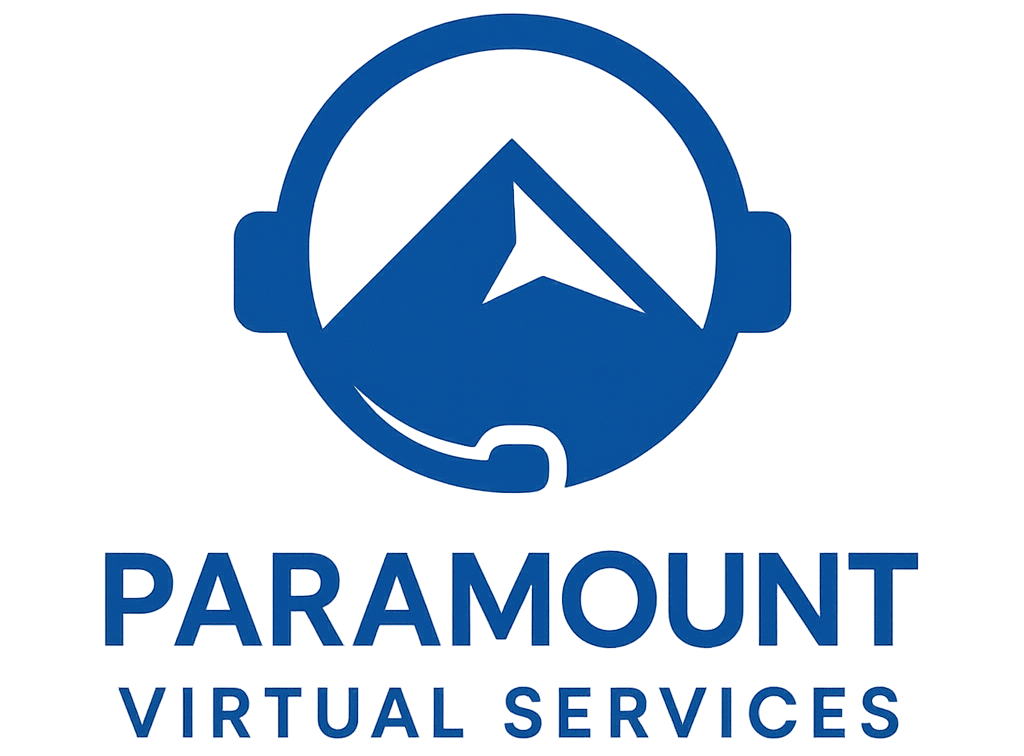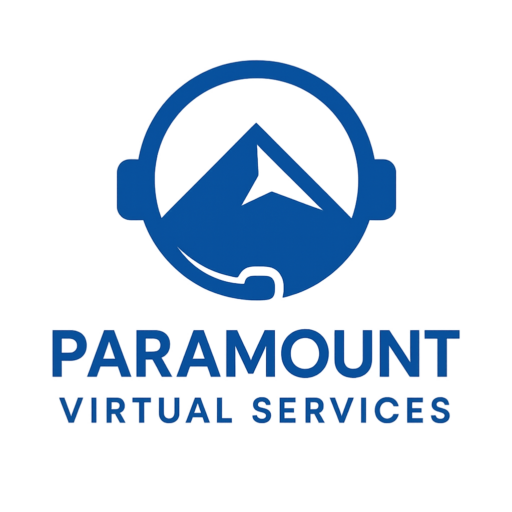In the digital age, efficiency, flexibility, and cost-effectiveness are crucial for business success. Whether you’re a solo entrepreneur, a growing startup, or a well-established company, the demand for support services that adapt to your evolving needs has never been higher. This is where virtual assistant businesses come in.
A virtual assistant (VA) business is a service model where professionals offer administrative, technical, creative, or specialized support to clients remotely. Rather than working in a physical office, virtual assistants operate online, using cloud-based tools, communication platforms, and task management systems to deliver their services. From handling your email inbox to managing social media accounts, designing graphics, booking appointments, or supporting sales, a virtual assistant can take care of it all.
What Is a Virtual Assistant?
A virtual assistant is a remote worker who provides support services to a business or entrepreneur. They can be freelancers, contractors, or part of a larger VA agency. Virtual assistants specialize in specific areas such as administrative tasks, customer service, digital marketing, sales support, graphic designing, real estate assistance, bookkeeping, and more.
Some common roles include:
- Administrative virtual assistant – handles tasks like scheduling, email management, data entry, CRM updates.
- Customer support VA – manages customer service via email, chat, or phone using CRM and customer service tools.
- Social media assistant – creates and posts content, engages with audiences, manages social media reputation.
- Bookkeeping VA – keeps financial records, prepares reports, and supports invoicing and expense tracking.
- Sales virtual assistant – helps manage CRM, qualify leads, and assist with follow-ups and reporting.
What Is a Virtual Assistant Business?
A virtual assistant business is either an individual freelancer offering VA services or an agency that hires multiple VAs to serve various clients. These businesses typically operate online, making them flexible and scalable.
This business model has gained popularity due to the global shift toward remote work, digital collaboration, and the need for leaner operations. Companies no longer need to hire full-time employees for every role—instead, they outsource tasks to virtual professionals who charge by the hour, project, or retainer.
How Does a Virtual Assistant Business Work?
The VA business model is built on remote service delivery. Here’s a breakdown of how it typically works:
1. Client Onboarding
Businesses looking for help reach out to a VA or VA agency. During onboarding, they define their needs—be it admin support, social media management, customer service, etc. The VA assesses what’s required, discusses tools to be used (email, CRM, task manager), and sets expectations regarding communication and turnaround times.
2. Task Delegation
Once onboarded, the client begins delegating tasks. These can be daily, weekly, or as needed. Many use tools like Trello, Asana, Slack, ClickUp, Zoom, or Google Workspace to communicate and manage tasks.
3. Service Delivery
The VA works independently, completing tasks, updating statuses, and delivering results within the agreed time. This could include updating a CRM system, answering customer queries, designing a social media post, or balancing the books.
4. Ongoing Collaboration
Many virtual assistant relationships are long-term. The VA gradually learns more about the client’s operations and can suggest process improvements, take on more complex tasks, and integrate more deeply into the business.
Benefits of a Virtual Assistant Business (for Clients)
Hiring a VA through a virtual assistant business has multiple advantages:
- Cost-Effective: No overhead costs like benefits, workspace, or equipment.
- Flexible: Hire for as little or as much time as needed—scale up or down easily.
- Skilled Professionals: Many VAs have specialized training in tools and systems like CRM, email marketing, or bookkeeping software.
- Increased Productivity: Business owners can focus on core activities while VAs handle support work.
- Global Talent Pool: Businesses can access skilled professionals from around the world.
Benefits of Starting a Virtual Assistant Business (for Entrepreneurs)
Running your own VA business offers a path to remote work freedom and income flexibility:
- Low Startup Costs: All you need is a computer, internet, and your skillset.
- Work-Life Balance: Work from home or anywhere in the world.
- Diverse Clients: Work with businesses across industries—tech, real estate, coaching, ecommerce, etc.
- High Demand: More businesses are outsourcing to virtual support professionals each year.
You can specialize in one niche—like being a virtual assistant for entrepreneurs—or expand into multiple services under one brand.
Tools That Power a Virtual Assistant Business
VAs rely on a suite of digital tools to deliver seamless service:
- CRM Tools: HubSpot, Zoho, Go High Level, Salesforce
- Communication: Slack, Zoom, Microsoft Teams
- Task Management: Trello, ClickUp, Asana, Notion
- Document Sharing: Google Workspace, Dropbox, OneDrive
- Customer Service Platforms: Zendesk, Freshdesk, Intercom
- Bookkeeping Tools: QuickBooks, Xero, Wave
Mastery in these tools enhances service quality and ensures tasks are completed efficiently.
Final Thoughts
The virtual assistant business model is transforming how work gets done. It’s an ideal solution for companies looking to optimize resources while maintaining high service standards—and for professionals who want the freedom to work on their own terms.
Whether you’re seeking help with CRM and business operations, looking to streamline your customer support, or aiming to boost digital engagement, a virtual assistant business offers scalable, specialized support that grows with your needs.
As the world moves further into the digital and remote-first era, VA businesses will continue to shape the future of work—bridging gaps, boosting efficiency, and delivering value from anywhere in the world.







